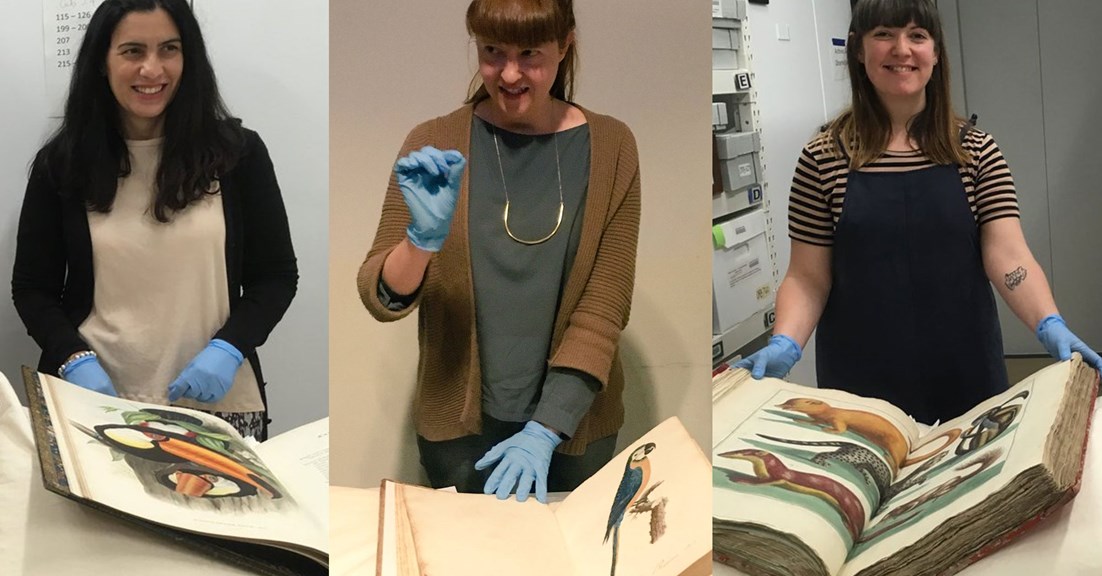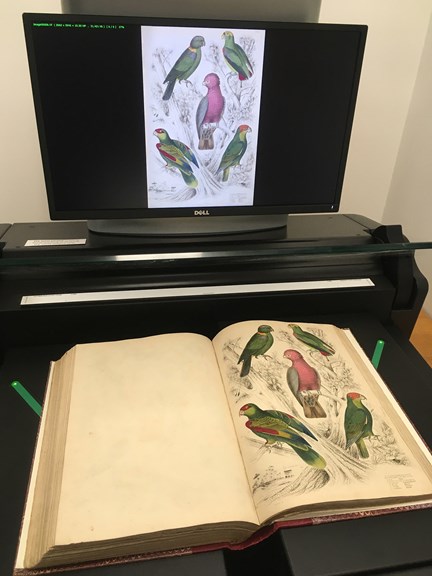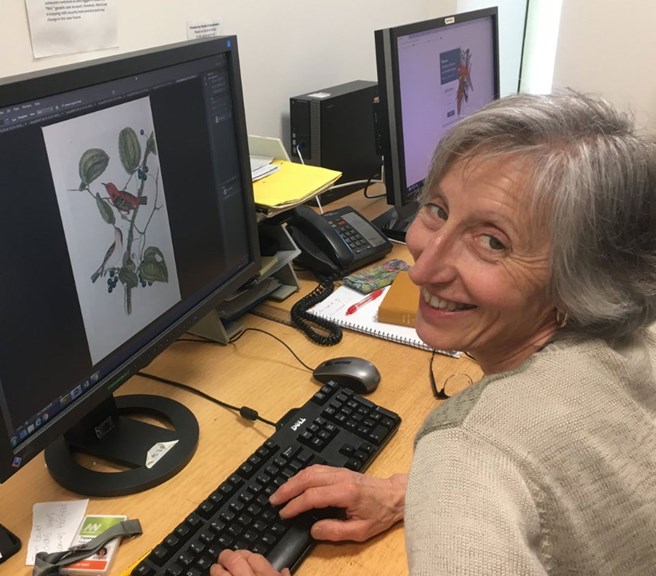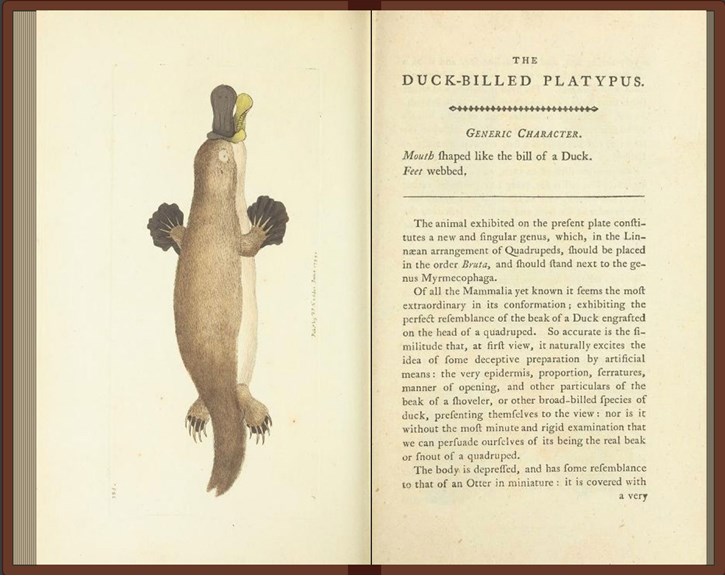Biodiversity Heritage Library
Australian Branch
The Biodiversity Heritage Library (BHL) is the world’s largest virtual library of biodiversity literature and archival materials. It consists of over 500 contributing libraries from across the globe, who together have digitised over 58 million pages from more than 258,000 volumes. This incredible resource contains information on millions and millions of the world’s species and is freely accessible online.
The BHL Australia project started in 2010. It is nationally funded by the Atlas of Living Australia and is hosted by Museums Victoria in Melbourne. Since 2010, the project has grown from just one organisation to twenty-eight. BHL Australia is now a truly national project, representing every state and territory in the country. The contributing organisations include the state and territory museums, herbaria and government agencies, as well as smaller organisations such as royal societies and field naturalist clubs.
The librarians at these organisations, particularly those working in the Museums Victoria Library, assist with the selection of books, journals and other book-like items for digitisation. The items are scanned at BHL Australia’s digitisation lab using a Zeutschel OS 16000 scanner. This work, along with the post-processing of images and metadata addition, is undertaken by a small team of BHL staff and a much larger crew of incredible volunteers.
By its tenth birthday in 2020, BHL Australia had made over 350,000 pages of Australia’s biodiversity literature openly accessible online. Those pages track the evolution of our understanding of Australian biodiversity. They are filled with the first published descriptions of Australia’s animals and plants, as well as details of the biology, behaviour, distribution and abundance of Australia’s native and introduced species. They also contain spectacular scientific artwork.
The Biodiversity Heritage Library exists because “The cultivation of natural science cannot be efficiently carried out without reference to an extensive library.” This is a quote from Charles Darwin, who would undoubtedly agree that, now more than ever, online access to an extensive library is critical to our understanding of changes in biodiversity over time.
Selected treasures
The animal kingdom of the Baron Cuvier, enlarged and adapted to the present state of zoological science. 1839.
The Naturalist’s Miscellany. Volume 10. 1799.
The first published scientific description and illustration of the Duck-billed Platypus (Ornithorhynchus anatinus).
Want to know more?
- Peruse the BHL Australia Collection or the Museums Victoria Library Collection on the BHL website
- Catch up on BHL Australia news on the BHL blog
- Follow us on Twitter: @bhl_au.










